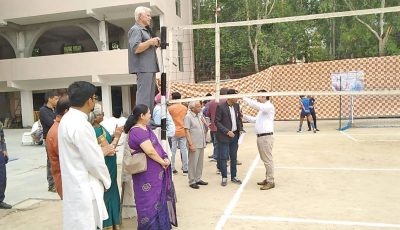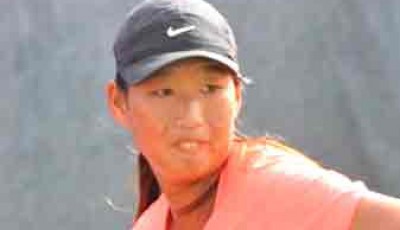Bad player. Good lessons.
Chicago is a long way from Saipan, but we’re going to take a news item from the Windy City this week. Chicago’s hockey team, the Blackhawks, won the championship, known as the Stanley Cup, on Monday. This best-of-seven series was a real nail-biter.
I caught part of the series with some pals at a sports bar. I had almost forgotten how fast-paced and exciting hockey is. I can’t forget entirely, though, since I played ice hockey for two years as a kid. I was, without doubt, the worst player on the team. But, even with the humiliation and bruises that went along with that, the experience was instructive.
Overall, from what I’ve seen, merely being in a worthy game is a lot better than not being in it at all. At first glance, it’s all about the score. But what we don’t readily see is the process that gets us to the score. Even if the score is lousy, we can still get better, tougher, and smarter by going through the process. We can, in a sense, win even when we lose.
For example, being the worst player meant that I had to take a lot more thumping than I was able to dish out, and there’s a lot to be said for knowing how to roll with that. Hockey is a rough game. But as one of my friends says, it’s not how many times you’re knocked down that matters, it’s how many times you get back up that really counts.
In the summer between the two seasons that I played, my parents sent me to a high-dollar hockey training camp. It didn’t improve my game much, though. Not even the best coaches can spin gold out of mud.
But there was, in fact, a real gem in this field. One coach was from India, not usually a place you’d associate with hockey. I think he had migrated to Canada where many, if not most, of our training coaches were from. He taught us his technique for pre-game meditation.
As it turns out, I was joining family tradition on that note. My father and grandfather, both of whom were varsity athletes and military officers, were well-schooled and well-practiced in such techniques. Grandpa, as a matter of fact, lived in India in the 1930s and I’m told he started medical school there.
As for hockey camp, had I been a really good player, or even an adequate player, I might have ignored that Indian coach and what (at the time) seemed like a strange and alien method. In fact, I remember that some of my peers scoffed at it, reasoning that you don’t learn to play hockey by not playing hockey, and that you don’t get good at doing something by practicing doing nothing. How can you get faster by learning to be still? It didn’t make sense.
But, being at the bottom of the barrel, I was receptive to anything that held any promise of improving me. I guess we could say that in this case, it was the low ground, not the high ground, that gathered the water.
During the second season, luck was with me and I managed to score two goals in one game. This put us ahead 2-0, so my teammates took full advantage of the elbow-room to keep feeding me the puck so I could rack up a third goal, a milestone called a “hat trick” in hockey.
At one point, everything came together in an almost magical sequence. The other team’s goalie came too far away from the goal thus leaving it wide open. My teammate to my left had the puck (the disk that’s the equivalent of a ball in other sports) and I, by pure, bumbling luck, wound up centered in front of the empty goal and in a perfect position to score.
At this juncture time stood still at intervals, only moving forward in slow-motion clicks.
Click: I remember my teammate passing the puck to me. It was a perfect pass, arriving just in front of me where my stick could connect with it.
Click: I see that the goal is still wide open.
Click: The crowd is yelling.
Click: Instead of stopping the puck with my stick and then lining up a good shot, I decide to go for a triumphant, fan-pleasing slap at the puck. After all, this shot is so easy and so close that not even I can mess it up.
Click: I mess it up. My ill-advised swipe at the puck misses the thing entirely. The puck goes whizzing by me and I hear it hit the boards to my right.
Click, click, and more clicks: The coach pulls my line (a set of players) off the ice, another line takes our place, and the coach asks me, rhetorically and repetitively, “HOW STUPID CAN YOU BE?”
Well, pretty stupid, I’ll admit. But hopefully not too stupid to have learned yet another lesson: All it takes is a pang of complacency to erase all your hard work, your buddies’ hard work, and all your good luck.
Getting knocked down is one thing. Knocking yourself down, though, is something else. On the ice or off, then, sometimes our greatest opponent is the one looking back at us in the mirror.
And that’s what I learned from being the worst player on the team.


























